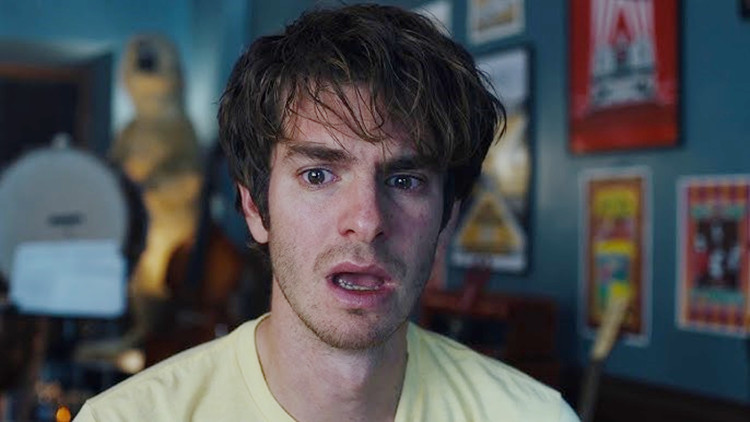
In the last decade, A24 has emerged as a favorable name brand in cinema. The independent distribution and production company only seems to grow in influence and popularity throughout the film landscape. As a result, the studio has become synonymous with a house style that is definable across all of their films, even when they are merely distributors.
Their overarching brand of artistically-minded films with singular visions ought to be a shared practice across the entire medium, but in an age of franchise domination in the industry, the kind of movies A24 spreads to the mainstream public is a true blessing. Many of their films, notably the Best Picture-winning Moonlight and last year’s Everything Everywhere All at Once, have found a populous outreach. However, there is still a field of overshadowed and underappreciated films from the studio’s impressive library.
1. Spring Breakers (2012)

Jarringly misunderstood at the time of its release and today, despite the mild cult following it inspired, Spring Breakers was an early film from the independent distributor and perfectly defined their cinematic taste. From the poster and basic plot synopsis, viewers might have expected Harmony Korine’s film to be a typical college frat comedy with a crime twist, but the film was unsuspectingly after something ambitious. The film follows a group of college friends who commit robbery to pay for a trip to St. Petersburg, Florida for spring break, and subsequently become entangled with the local criminal underworld.
Thanks to Korinne’s distinctive visual palette, sudden tonal shifts, and melancholic interpretation of a vibrant environment, Spring Breakers is one of a kind. The director’s vow to create a sensory film paid dividends, allowing the film to be contemplative about these young women’s desires and the consequences they must pay for their sins.
Most impressive of all, Korinne envisioned a film about college girls going on a wild, unforeseen spring break with earnestness. The film does not judge them for their temptations of a fun vacation, but it does not apologize for their misdeeds. Spring Breakers operates as a tragic cautionary tale about ambitious people, covered under the garment of co-ed hijinks and Tumblr aesthetics.
2. The Bling Ring (2013)
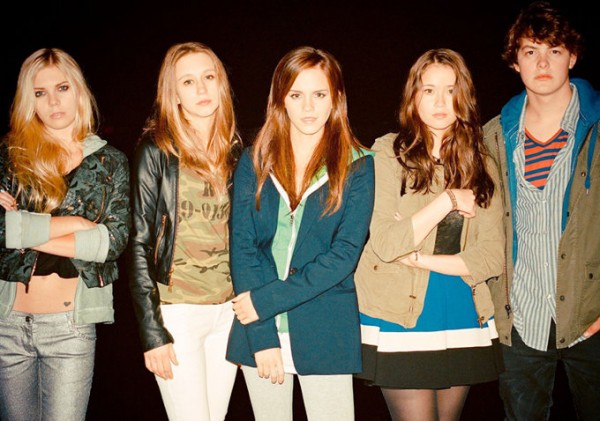
Devoted to upending audience expectations, A24 identified The Bling Ring as the ideal film to accomplish this goal. A companion piece to Spring Breakers, this film from Sofia Coppola is a meditative satire on the desire for fame and excess about a celebrity-obsessed group of girls who rob the homes of famous people. From the outskirts, the film presents itself as a highly stylized portrayal of reckless youth morphing into a Scorsese-esque rise-and-fall of deplorable criminals. In reality, Coppola’s film sits somewhere in the middle of this description. It has a clear and pronounced visual language, but it is reserved relative to the subject matter.
The Bling Ring meticulously balances character sympathy with the stunning reverberations of harsh consequences that Coppola lays on these real-life figures. As a viewer, the clashing sentiments over these people give the film a dynamic quality. The film captures a specific window of the late 2000s-early 2010s that adds text to the characters and the reasons for their criminality, as their social media-savvy livelihood was a prescient display of the dangers platforms like Facebook would have on our current society. Like any good satire, Coppola offers no clean resolutions. She shows that the characters never learned from their misdeeds, and worst of all, culture let them walk away scot-free.
3. While We’re Young (2014)
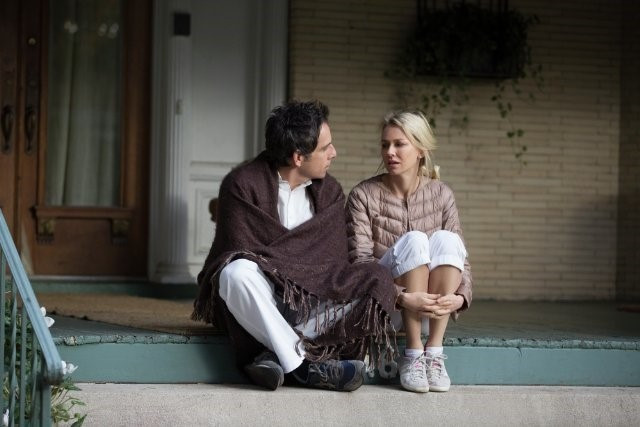
The films of Noah Baumbach confront harsh realities about life and one’s respective purpose in the world. Perhaps as a comment on himself or fellow colleagues, the director is prone to show the unpleasant side of the stereotypical self-indulgent artist. While We’re Young, a film that even the most passionate fans of Baumbach tend to overlook, follows an uptight documentary filmmaker (Ben Stiller) and his wife (Naomi Watts) loosening up their stale lives after befriending a younger, free-spirited couple. The reflective nature of the film is evident in Baumbach’s self-consciousness about aging and growing out of touch with the new trends in the world of art.
While We’re Young is the closest thing audiences will see to a director evolving his artistic sensibility and attitude within the duration of a film. While always presented as palatable dramedies, Baumbach’s previous films featured the biting cynicism of a specific breed of high-brow New York intellectuals. His following films, such as The Meyerowitz Stories and Marriage Story, are emblematic of the reawakening process that the Stiller character undergoes, where he discovers that there is something of value beyond his insular perspective of the world. However, despite the character’s reflection, viewers are still left with a lingering feeling of self-entitlement from the Baumbach avatar. While We’re Young offers no definite answers–only uncertain considerations.
4. De Palma (2015)
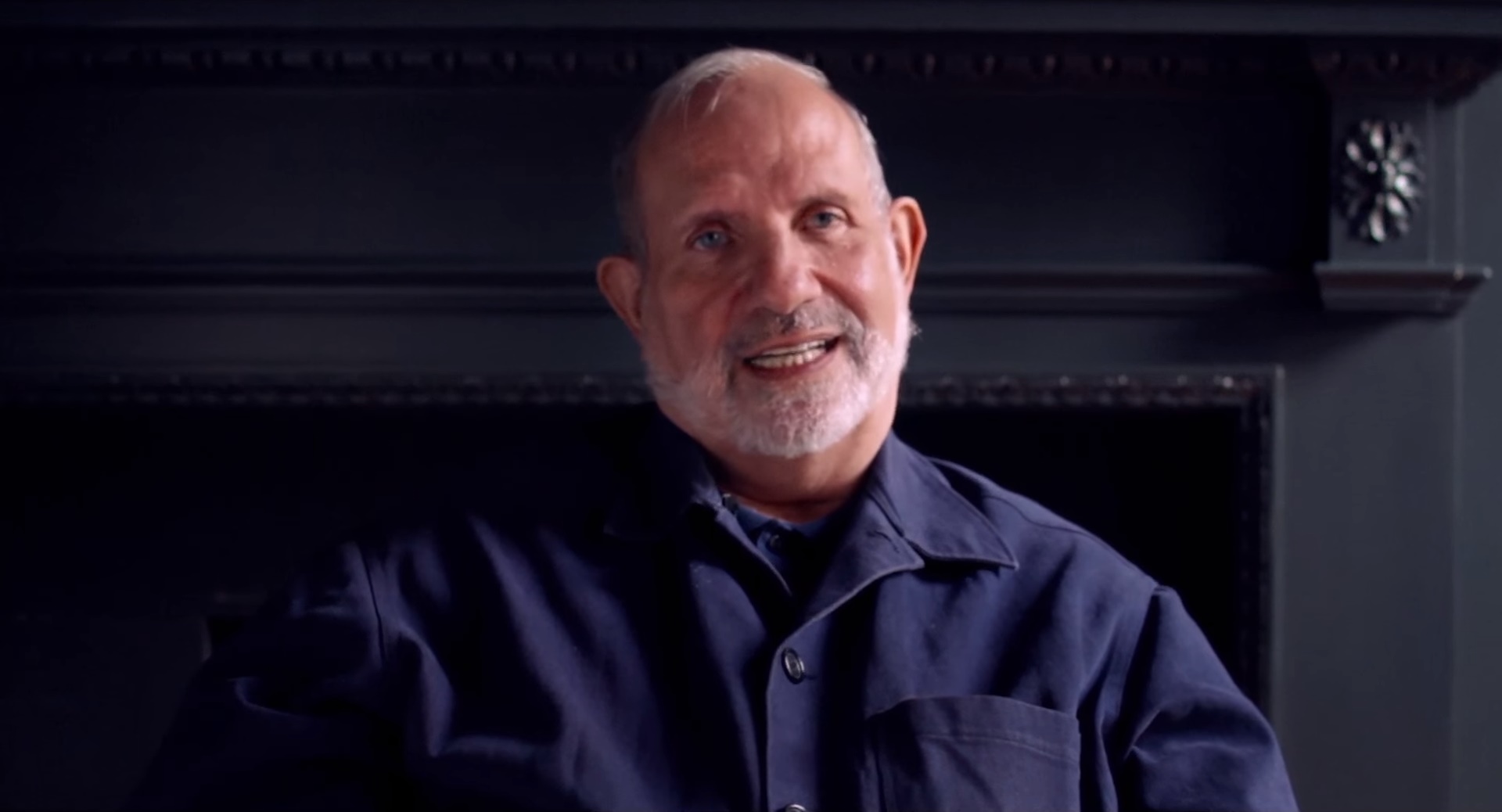
The overlooked sibling of the family of New Hollywood filmmakers who emerged in the 1970s, Brian De Palma’s career and films are given a proper stage in this engrossing documentary from Noah Baumbach and Jake Paltrow. In De Palma, the titular director of erotic and voyeurism thrillers recounts his career from his perspective, supplying noteworthy anecdotes and dissections of his films and his relationship with Hollywood.
Unlike the subject’s own films, Baumbach and Paltrow direct this film rudimentary and straight to the point, leaving all of the attention on De Palma, as he sits in the middle of the frame. The intercutting between De Palma, archive photos of behind-the-scenes sets, and movie footage keep the film at a constant, brisk pace, never lagging but never leaving too much information on the table.
De Palma’s story details many corners of the filmmaking industry, from filming underground pictures with his friends (Get to Know Your Rabbit and Hi, Mom!), emerging as part of the New Hollywood wave (Sisters and Blow Out), redefining himself in the ‘80s (Scarface and Casualties of War), and working his way up to directing blockbusters (The Untouchables and Mission: Impossible).
While hagiographic in spurts, the film is a product of De Palma’s testimony–always honest, thought-provoking, and faithful to his unique sense of humor. The effectiveness of De Palma, from its educational value of recent film history and visual storytelling to its exhibition of the bliss of moviemaking, makes one wish that every prominent director could receive their version of Baumbach and Paltrow’s documentary.
5. Under the Silver Lake (2018)
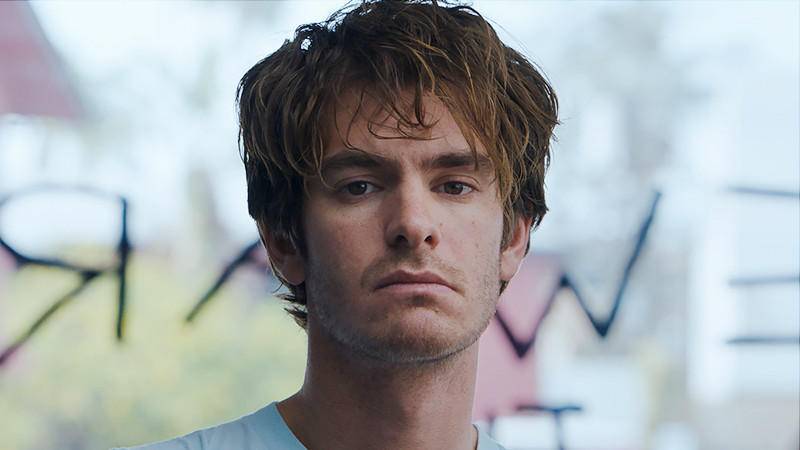
A film arguably preordained to be misunderstood upon release, Under the Silver Lake is crafted with an infinite amount of layers for audience deconstruction, but no hypothesis is definitely correct. In a purposefully hazy narrative in the spirit of classic noirs and revisionist noirs like The Long Goodbye, the film tracks the murky investigation of a missing woman and the sinister conspiracy surrounding it by the woman’s aimless neighbor, Sam (Andrew Garfield). David Robert Mitchell’s film was criticized for its cryptic narrative and lack of depth in its ultimate payoff.
As with many of the great noirs, the general ambiguity surrounding plot and character motivations is a rich thematic device. The film brushes upon various subjects, including paranoia, voyeurism, sexual anxiety, and obsessive media consumption. Despite its ambitions, Under the Silver Lake is never congested. Thanks to Mitchell’s reliance on vibes, every intricate facet of the story can be left without total comprehension. Viewers are mainly in awe of how far Sam will endure this mysterious odyssey to discover the whereabouts of his neighbor.
The film also constructs for the audience a peculiar relationship with its protagonist, in that one is not entirely certain if they are on his side throughout his adventure. Much like the emptiness of Sam, viewers are left dumbfounded by how this film evolved into an examination of the possible subliminal messages in popular media. Under the Silver Lake is one of a kind, even for a film backed by A24.